For the latest in our series of bartender interviews, we caught up with Nora Furst to learn more about what makes San Francisco’s cocktail culture special, how she develops new recipes, and to request three of her own cocktail recipes that gin lovers can try at home.
Next in our series of bartender interviews: the inimitable Nora Furst, who is surely one of the most prolific bar professionals in San Francisco. She’s behind the adventurous cocktail programmes at three of the city’s finest restaurants: Lolinda (an Argentine steakhouse via California), Delarosa (a modern, Roman-style eatery), and the newly opened Belga (a contemporary Belgian brasserie). These days, she can be found at any of the three, crafting beer cocktails, playing with genever and mescal, and otherwise creating drinks that are as innovative as they are exceptional.
Walk us through your background. How did you come to bartending, and what’s your ethos when it comes to making drinks?
‘I grew up in a family of cooks. My dad is a chef and restaurant owner, and my mother is a painter who cooked and baked in much of her free time. I started working in restaurants at the age of 15 and have done so ever since. I was 23 when I had my first job behind the bar, in a lounge-type place with DJs on the weekends and a group of rugged and loyal regulars. It was here that I learned speed and efficiency of movement behind the bar: two extremely important and difficult-to-teach pieces of bartending. Then, I went on to cut my teeth as someone who could actually put together a decent drink in restaurant bars in Seattle, and more recently in San Francisco.
I’ve always aimed to keep my focus on hospitality. I believe no matter how good (or bad) my drinks may be, if every guest doesn’t feel welcome and special, I have not done my job.’
What’s your general approach when it comes to crafting new cocktails? How do you experiment with flavour?
‘It usually starts with an idea…and the idea comes from love for a particular spirit or a classic cocktail, or sometimes a fresh, whole ingredient. I try to pay attention specifically to flavour and texture when workshopping new drinks, and not to spend too much time in my head with the concept of the drink, but to be present in the tactility of the actual cocktail. I also spend a lot of time in the kitchen (which is an excellent place to experiment with ingredients and flavours) baking and working with ratios of sweetness.’
Which cocktail trends are you seeing this year, and how do your drinks reflect current customer tastes?
‘I think, in general, people are beginning to learn and understand cocktail culture in San Francisco: nowadays there’s less attraction to over-the-top, overly precious drinks, and more focus on substance, flavour, and technique. The most exciting way that I get to reflect current tastes is to create menus that do not rely on gimmicks or flash-in-the-pan trends. I get to put out menus of drinks that I’m excited about, that I would want to imbibe (over and over again), and assume that folks will feel similarly.’
Intrigued? Below, you’ll find three of Nora’s own ginful cocktail recipes. From fruit-forward and sparkling to rich and bitter, these three are just the start when it comes to her innovative mixing.
Belga Royale
30ml Sipsmith Sloe Gin
75ml Rodenbach Gran Cru
180ml dry sparkling wine
Build in a champagne flute (make sure beer and wine are well-chilled). Garnish with an orange peel.
What She’s Having
22ml Alfonso Oloroso
22ml Tempus Fugit Alessio Vermouth Chinato
15ml Santa Teresa 1796 rum
Stir and serve in a coupe; garnish with an orange peel.
First Third
45ml Sipsmith VJOP
22ml Punt e Mes
7ml Amaro CioCiaro
4ml Maraschino
1 dash orange bitters
Stir and strain into a small cocktail glass. Garnish with a lemon peel.
